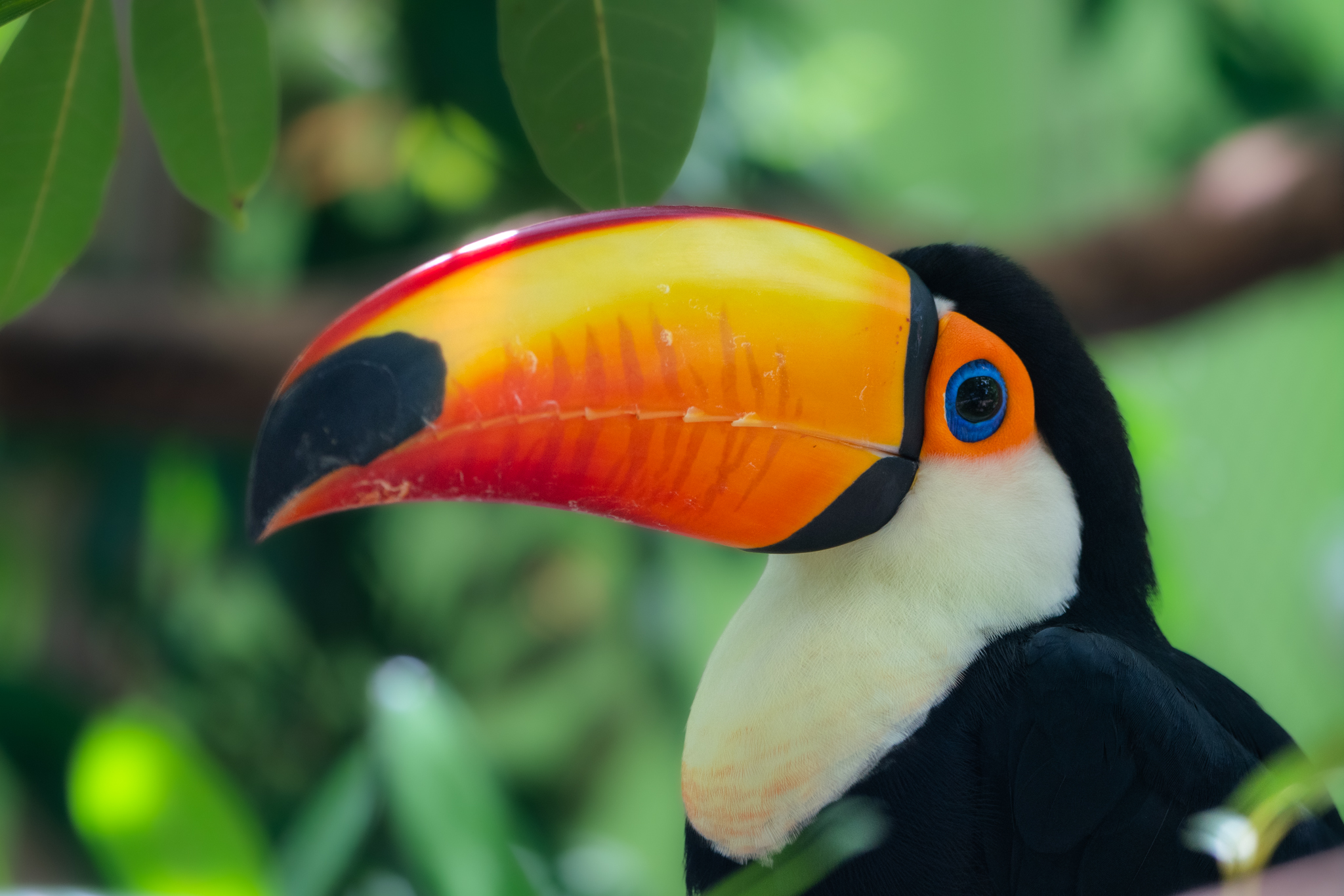- The significance of the toucan’s vibrant and oversized beak.
- The evolutionary advantages of the toucan’s beak for survival and reproduction.
- The role of the toucan’s beak in feeding behaviors and diet.
- Conservation efforts aimed at securing toucan habitats.
- The impact of climate change and deforestation on toucan populations.
In the vibrant ecosystems of Central and South America, the toucan stands out as a fascinating bird, primarily due to its vibrant and oversized beak. This article delves into the evolutionary and ecological significance of this striking feature, exploring how it benefits toucans in various facets of their survival and reproduction.
Researchers have long studied the toucan’s bright, bold beak, seeking to understand its role in attracting mates. A healthy, colorful beak is believed to signal good health and strong genetics, making the bird more appealing to potential mates. This vivid display of fitness helps toucans in their quest for reproduction, ensuring the continuation of their species. The beak’s color palette, ranging from vibrant oranges and reds to deep greens, adds a visually stunning element to the tropical forests they inhabit.
Beyond reproduction, the large size of the toucan’s beak carries several survival advantages. One of the primary benefits is its role in feeding. Toucans are primarily frugivorous, meaning their diet consists mainly of fruits. The oversized beak enables them to reach and grab fruit from branches that would otherwise be difficult to access. This ability to exploit a broader range of food sources gives them an essential edge in the dense and competitive forest environments.
The thermal regulation aspect of the toucan’s beak is another critical evolutionary advantage. Studies have shown that toucans can regulate their body temperature using their beaks. The beak has an extensive network of blood vessels, and by adjusting blood flow, toucans can release or conserve body heat. This thermoregulatory function is especially beneficial in their tropical habitats, where temperature regulation is crucial for survival.
Furthermore, the toucan’s beak plays a significant role in social interactions and territory establishment. The bright colors and large size can serve as a deterrent to potential rivals. In confrontations, a prominent beak can signal strength and dominance, reducing the likelihood of physical altercations. This helps toucans maintain their social hierarchy and secure their territories more effectively.
Conservation efforts are critical for maintaining toucan populations, which face numerous threats from human activities. Habitat destruction due to logging, agriculture, and urban development has significantly reduced their natural habitats. Conservationists are working tirelessly to protect and restore these habitats, often collaborating with local communities and governments to establish protected areas and promote sustainable land-use practices.
Climate change poses an additional threat to toucans, altering their habitats in ways that could jeopardize their survival. Changes in temperature and precipitation patterns can affect the availability of food resources and suitable nesting sites. Conservation strategies must therefore include climate resilience measures to protect these birds in the long term. Environmental organizations are pushing for stronger climate policies and international cooperation to mitigate these impacts.
Education and community engagement are also vital components of toucan conservation. Raising awareness about the ecological significance of toucans and the threats they face can foster community support for conservation initiatives. Ecotourism, when managed sustainably, can provide economic incentives for local communities to conserve toucan habitats, creating a win-win scenario for both wildlife and people.
In conclusion, the toucan’s vibrant, oversized beak is a marvel of evolutionary adaptation, serving multiple functions from mate attraction and feeding to thermoregulation and social interaction. Ensuring the survival of toucans requires comprehensive conservation efforts addressing habitat protection, climate change, and community involvement. By understanding and appreciating the complexities of the toucan’s beak, we can better appreciate the intricate balance of the ecosystems they inhabit and the importance of preserving them.
*****
Source Description
Ever wondered why toucans have such vibrant, oversized beaks? The bright, bold colors help toucans attract mates. A stunning beak is a sign of good health and strong genetics! 💪 While the large size of their beak makes it easier for toucans to reach and grab fruit from branches that are hard to access.


